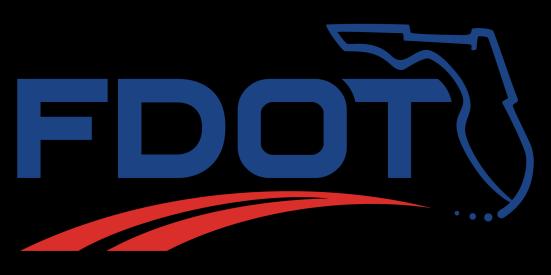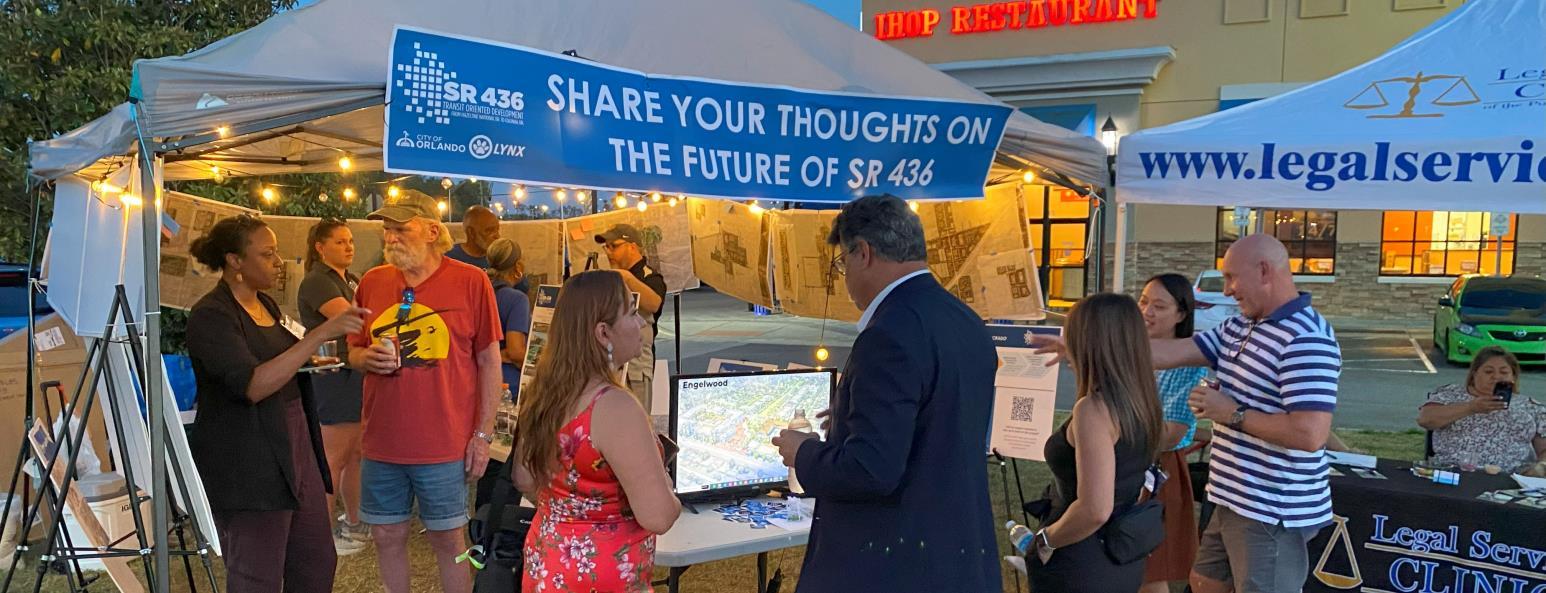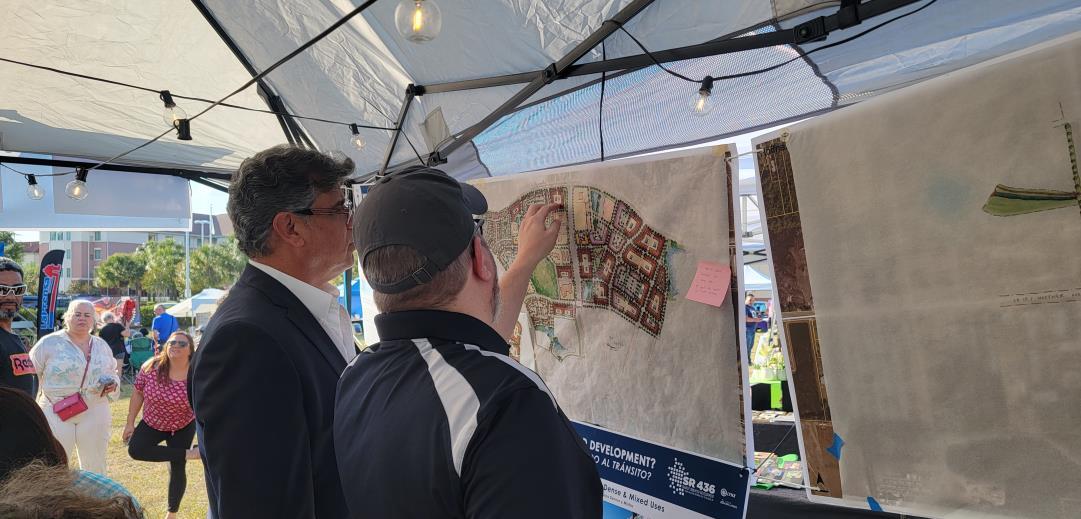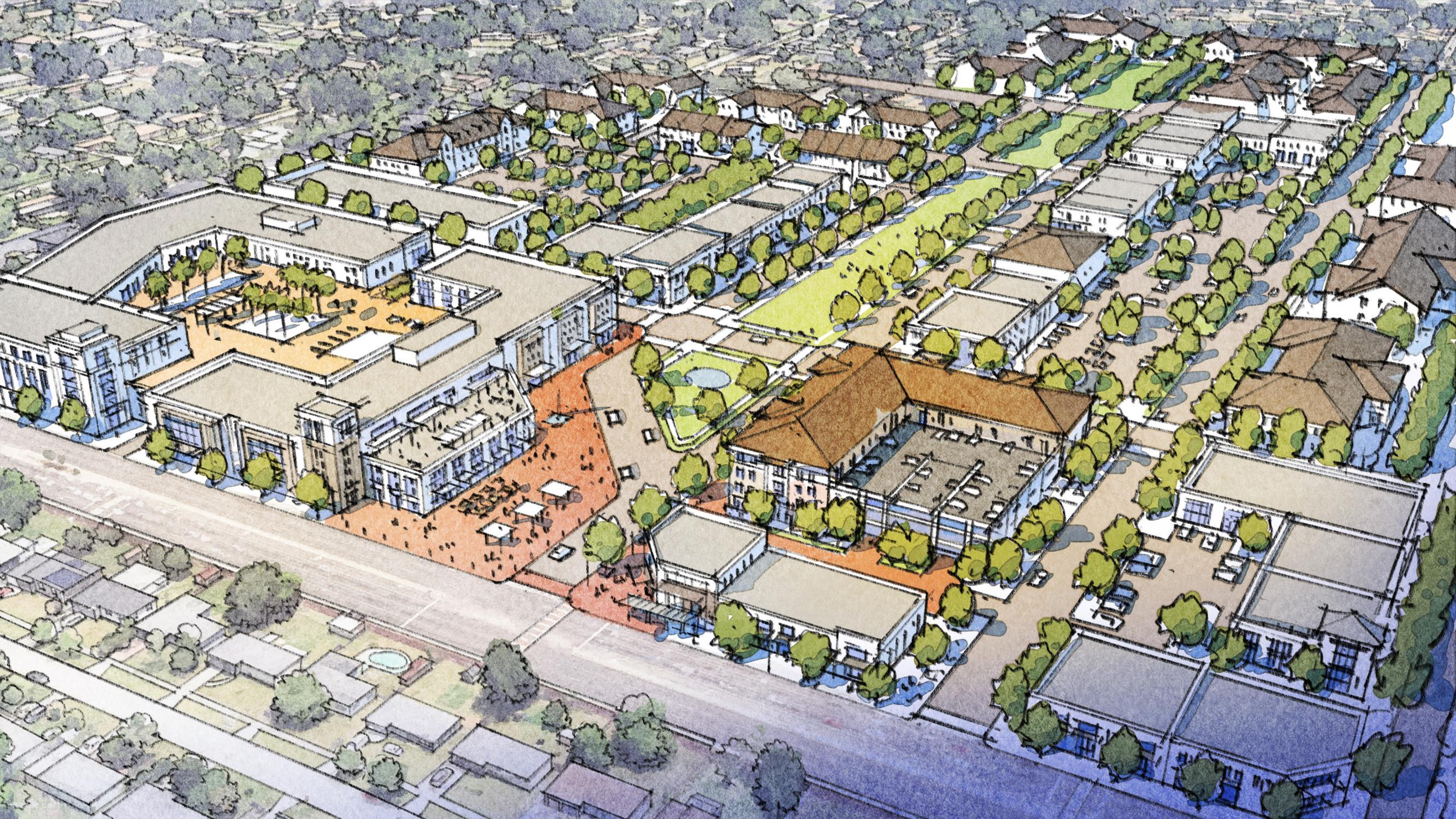











• Highest concentration of Central Florida residents
• 100K+ jobs on the corridor
• 5K+ hotel rooms near OIA
Source: 2020 Census, Population Density by Census Tract, 2017 ACS employment data
• 25K+ OIA employees
• 57M+ annual passengers
https://orlandoairports.net/site/uploads/Fact-Sheet-2020.pdf https://www.orlandoairports.net/press/2024/03/22/orlando-international-has-itsbusiest-day-ever/
• Link 436S: highest ridership of all 30-minute headway routes (approx. 730k per year or 2,000 per day)
https://www.golynx.com/core/fileparse.php/143255/urlt/2023-AnnualRidership-by-Link.pdf





▪ Short-Term Recommendation – Limitedstop bus from OIA to Altamonte Springs SunRail

▪ Long-Term Recommendation – Bus Rapid Transit (BRT) from OIA to Altamonte Springs SunRail












Frequent & enhanced pedestrian & bicycle facilities along and across roadways

Stations with amenities such as off-board ticketing, information screens, etc.
















Spur Economic Development Implement Land Use Policies to Maximize Transit Ridership
Support Mix of Higher-density Residential and Commercial Uses at Station Areas
Support Safe Bicycle and Pedestrian Routes to the Station Provide Equitable and Sustainable Solutions





Individual Criteria
Ratings
Summary
Ratings *Must be at least “Medium” for project to get “Medium” or better Overall Rating
















SR 436
Transit Study (Completed in 2019)
Initial TOD Evaluation Station Area Planning
Identify Policy Changes & Infrastructure Investments to Support Station Area Plans Identify Funding Sources for the BRT Project Design, Construction, & Implementation of BRT & Station Area Plans
We are here!





Mixed Use Zoning: No "commercial" zones; Activity Center (AC), Mixed Use (MU) and Office (O) zoning designations all allow varying intensities of SF and MF homes, townhomes, services, offices, etc. Shared parking options available.
Comprehensive Plan Policies explicitly mention land use-transportation effects and goals (bus and rail systems, airport connections, reducing car dependency, increasing capacity).

Semoran Boulevard Zoning Overlay sets design standards. Objectives include "preserve and strengthen commercial land uses and redevelopment opportunities" and "enhance pedestrian safety and the 'Main Street' character of the corridor."




Focus on Form Instead of Use
NO TOD Section: All of Orange
Code seeks to create a Transit
Oriented County
Pedestrian and Streetscape
Experience as the Foundation
We'll never get away from cars, but we can balance them better








September 4th, 2024



















































